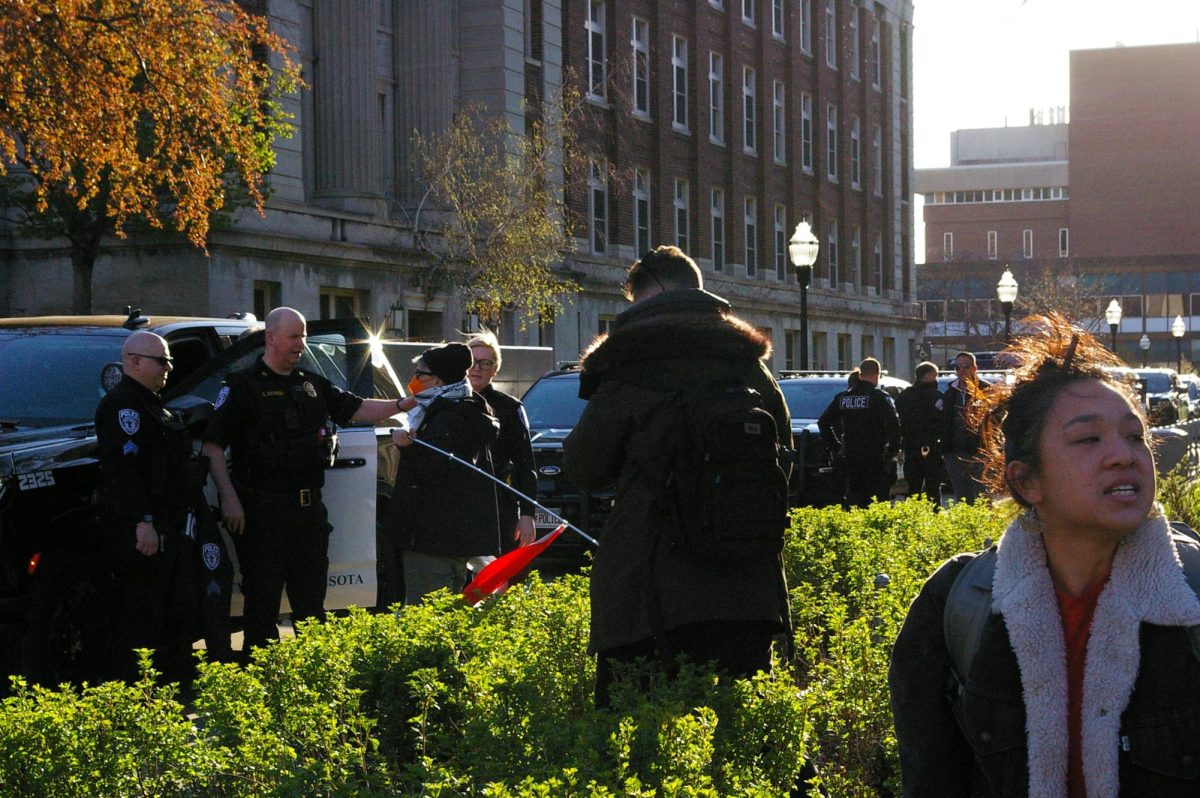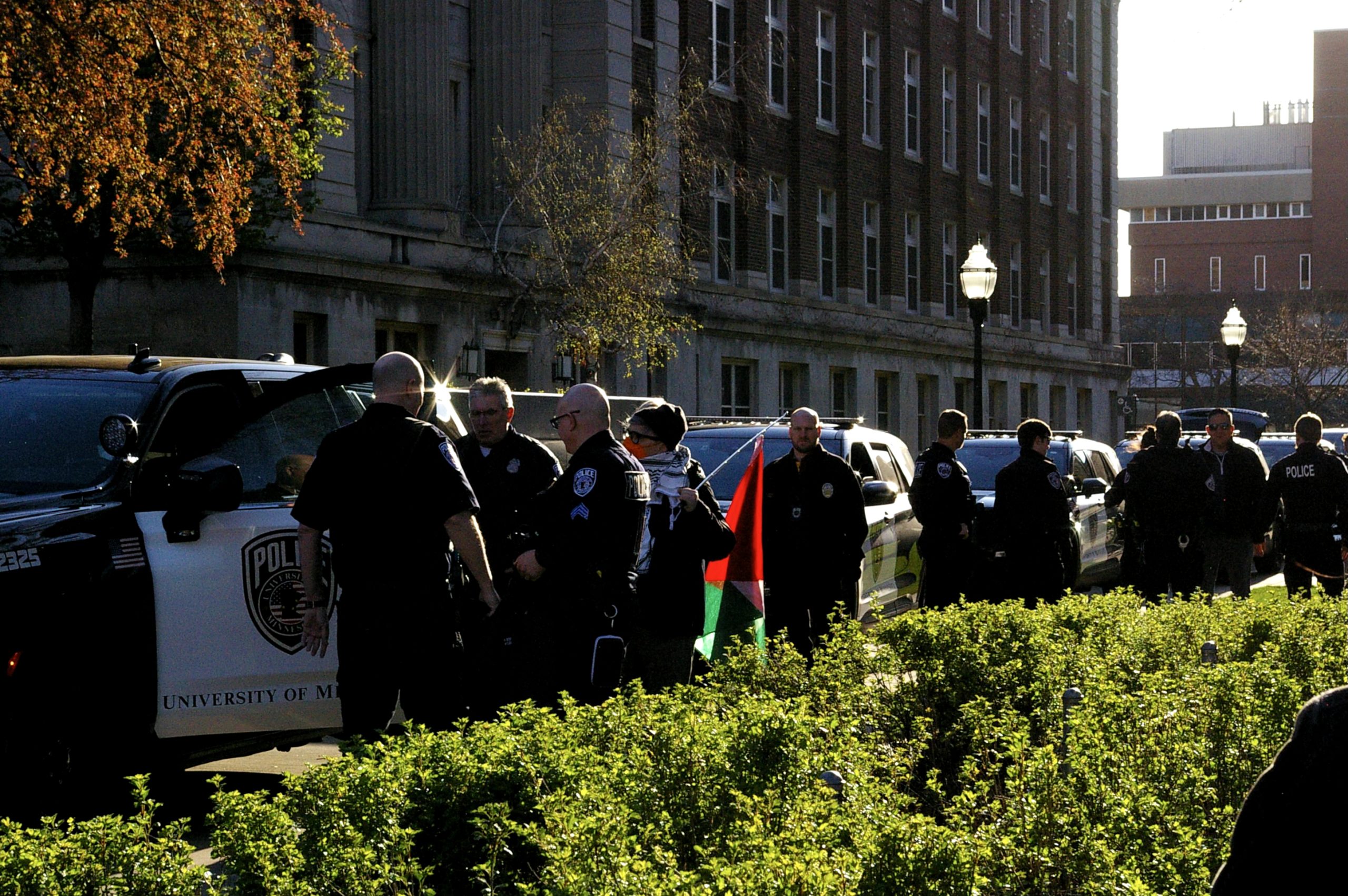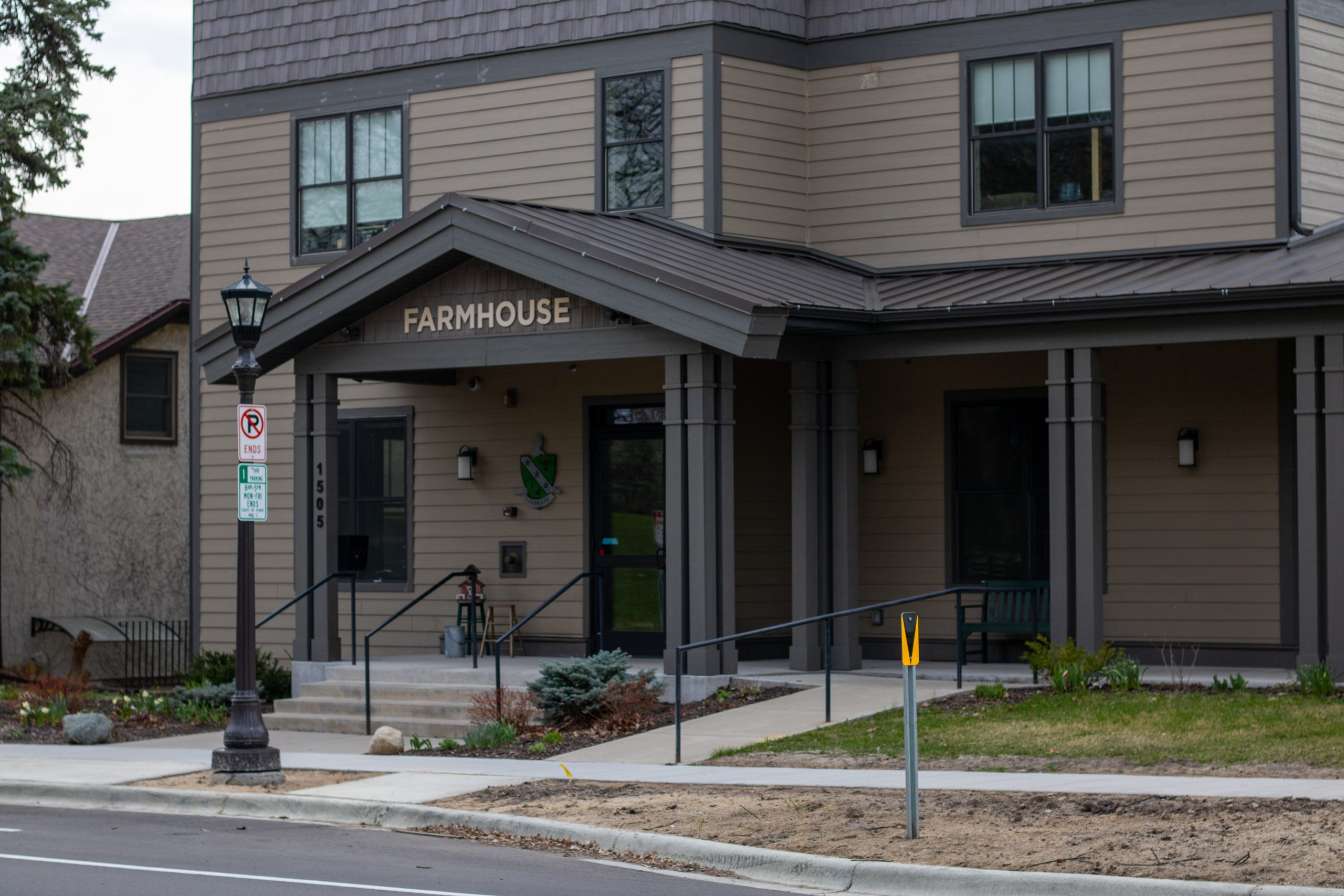As an infectious disease specialist and a practicing pediatrician, Dr. Margaret Hostetter has seen the deadly yeast Candida Albicans attack, and sometimes kill, her young patients.
“It was really the patients that pushed us into studying Candida,” Hostetter said. The yeast infections are the leading cause of death by complications among children.
Collaborating with researchers from the University of Tennessee, a team of University scientists recently won a victory over the infectious yeast by identifying a gene responsible for its virulence.
The results, published in the latest issue of Science, are the building blocks to develop new therapies, or a possible cure, for the lethal yeast and the basis of a National Institutes of Health grant application.
“This is not just a nice piece of science,” Hostetter said. Identifying the gene and its functions opens doors to new treatments, she said.
“It was like the key to the Rosetta stone; I understood a language that was previously foreign to me,” Hostetter said. “Now I can really see what Candida is all about. Not only is the door open, but the path is clear.”
Candida Albicans, a yeast that develops in the stomach and intestines shortly after birth, lies dormant in humans while the immune system is healthy.
The gene Hostetter’s lab identified produces a protein on the surface of the yeast cells. When an immune system is damaged, the protein triggers auger-like tendrils that bore into surrounding tissue.
By shifting its shape, the cell permeates surrounding tissue and invades the blood stream. The resulting buildup of yeast can form life-threatening abscesses in the brain, lungs and heart. Thirty percent of individuals who develop Candida infection die from complications.
Individuals with compromised immune systems — bone marrow transplant recipients or patients with diseases such as AIDS or cancer — run a higher risk of an attack by the yeast.
Pediatrics instructor Dr. Cheryl Gale, who worked with Hostetter on the study, demonstrated the protein’s ability to change shape by genetically altering harmless bakers’ yeast, typically used for breads and brewing, with cells from Candida.
The bakers’ yeast mutated radically, growing threads similar to those of its lethal cousin. When Gale disabled both copies of the gene in Candida, the yeast lost much of its ability to invade tissue.
Because the gene is located on the surface of the cell, it will be easier for scientists to develop anti-fungal agents to immobilize the yeast, said co-author Dr. Judith Berman, associate professor of plant biology.
Berman, a faculty member in the College of Biological Sciences, began collaborating with Hostetter’s lab on cracking Candida Albicans three years ago. The two labs are among five on campus that study the yeast with funding from the University Graduate School.
Unlike bacteria, the yeast shares a metabolic process with humans. Most anti-fungal treatment that effectively fights the yeast simultaneously damages patients.
“There is not enough of an arsenal of drugs out there right now,” Berman said.










